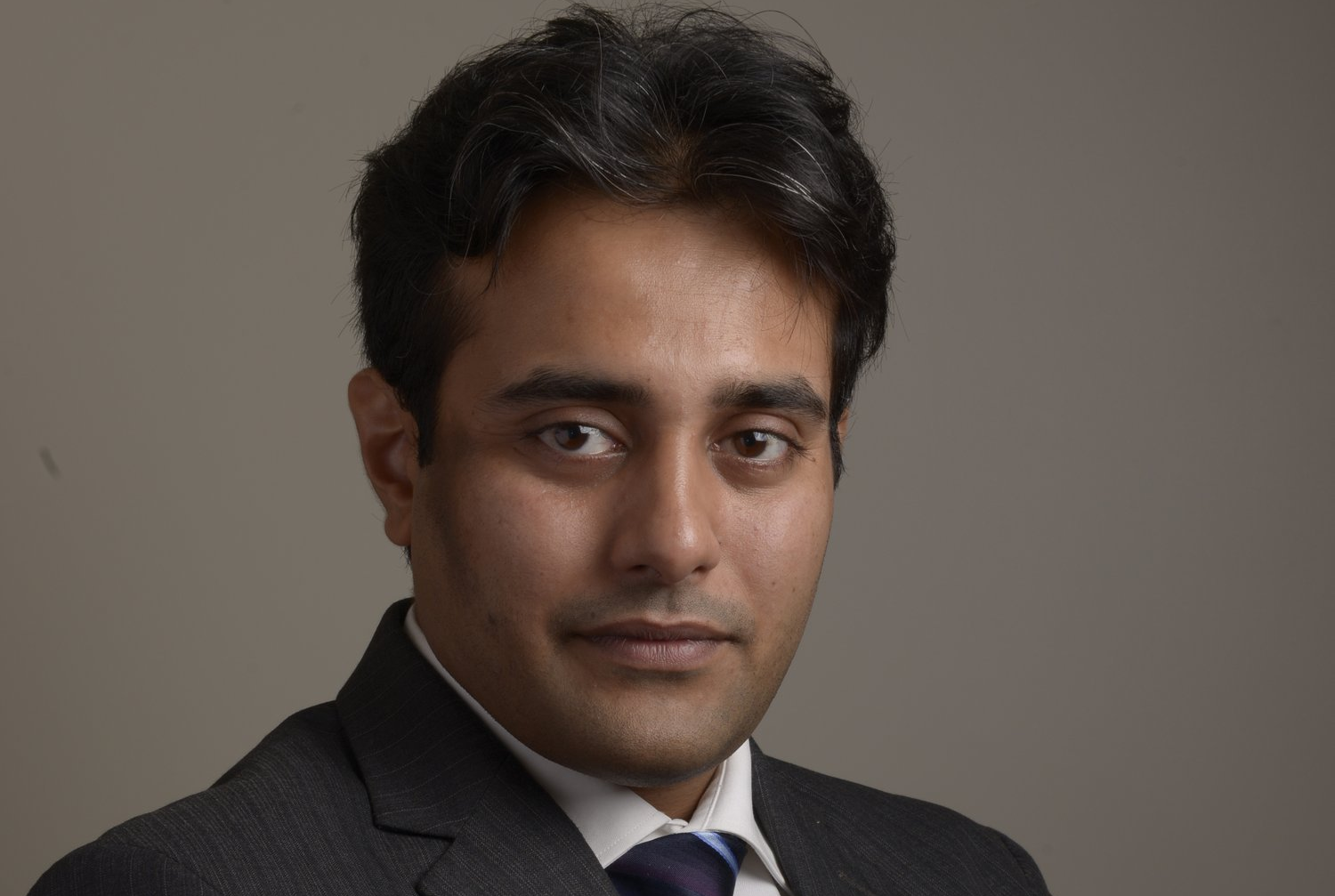A new blueprint for HR: The next wave of HR transformation
- Daniel Teo

HR has undergone multiple waves of transformation in the past 20 years. We have seen the evolution of the HR function from being focused on control and administration to an enabled function focusing on employee experience.
The next wave of HR transformation would be a function built to support an “Organization of the Future” leading to changes across how it is structured.
Speaking exclusively at the HR Tech Fest Connect 2020, Gaurava Sahi, Expert Associate Partner, McKinsey & Company, urged the HR industry to start thinking differently. And that means moving away from “organisation based on industrial age thinking” to one that is agile and embedded in a “connected era”.
“What we have seen is that the organisations are evolving and are moving from an industrial age thinking to ones that are designed for a much more connected era where there are three parameters – Who we are, How we work and how we grow,” he said.
“HR needs to evolve as well and become “Agile HR”. Agile HR is the way forward and this means impacting workforce productivity by taking a cross-functional and interactive approach to managing talent processes and service delivery. Being agile means different ways of running businesses with a focus on getting things done,” he added.
The much talked about agile HR model is yet to find a hold in actual implementation. And Sahi believes the true power of the HR function can be unleashed by applying agile principles to not just the functions, but also to how they are structured with five cornerstones namely tribes, squads, chapters, fixed operations and resource pools forming the backbone of the new HR function.
“HR needs to evolve now and there are different stages that we’ve seen in the HR evolution, from a personal department looking at operational efficiencies, to talent management and moving to employee experience. And now what we are seeing is agile HR, which is the combination of all these,” he explained.
“The HR function has a big role to play in organizations going agile. HR being a front runner in adopting the principles of agility is something that can act as a proof to organisations that it actually works. Agility is both a business and HR construct,” he added.
Besides moving to an agile function, Sahi outlined four steps to enable the “organisation of the future”:
- Move to an agile operating model
Utilise agile as key lever to improve customer centricity speed, efficiency and customer experience while becoming a champion for agile adoption across the organisation
- Anchor in business value and link talent to value
Deeply understand the organisation’s value agenda at every level to deploy the right people in the right roles at the right time.
- Leverage next-generation concepts to drive exponential impact
Ensure core HR services maximise service and efficiency, leveraging data and analytics for value creation
- Deploy multiskilled talent within HR function
Move beyond HR professionals to include other skill sets e.g. data analytics, design thinking etc, as fundamental building blocks.






